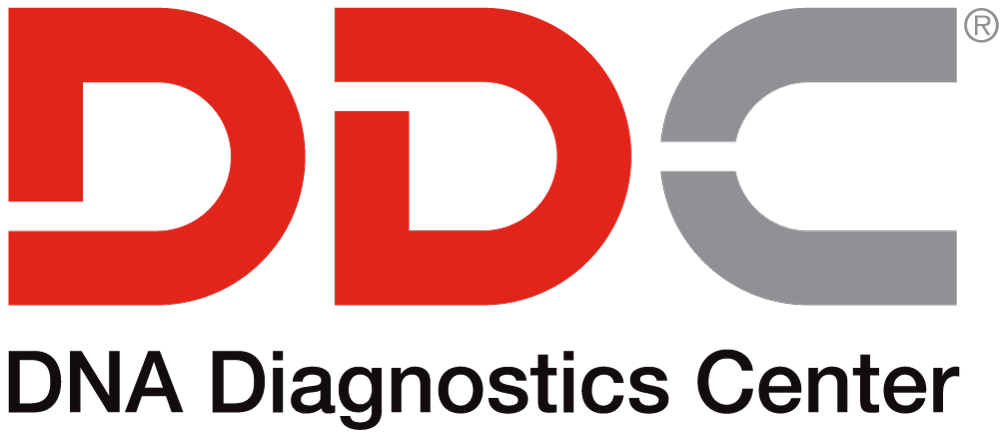MAY 25, 2023
Understanding Legal and At-Home Paternity Test Results

Are you in doubt about whether you are the biological father of a child? If so, paternity test results can give you the answers you’re looking for. Paternity testing can also be extremely helpful in a variety of other situations. Perhaps you have an adoption desire, you are immigrating and in need of sponsorship from a blood relative, or you are in court for custody of your child. In all the above scenarios, a paternity test has the potential to be the helping hand that you need.
There are two common types of paternity tests that people use, legal paternity tests and at-home or “peace of mind” paternity tests.
Legal Paternity Tests
Did you know the results for a home paternity test are not court-admissible? A legal paternity test is a type of paternity test where a specific chain-of-custody process is followed to certify that the testing process is legitimate. To ensure the proper chain-of-custody is followed, all tested parties are required to have their DNA samples collected at a certified facility like a hospital, medical office, or health department. These facilities verify the individuals’ identities through government-issued ID or other identification documents before collecting the sample. In certain cases, a legal paternity test can be required, for example:
- Child Support Cases
- Child Custody Cases
- Inheritance Rights
- Tax Purposes
- Immigration Sponsorship
- And More
How Legal Paternity Testing Works at DDC
If you need a legal paternity test, you can trust the experts at DNA Diagnostics Center (DDC). When you place your order for a legal paternity test with us, a specialist will arrange a collection appointment near you at a time that is convenient at one of our 5000+ locations – sometimes as soon as same-day.
Once the samples are collected, they are sent securely in tamper-proof packaging to our AABB-accredited laboratory in Fairfield, Ohio, where the DNA testing is performed. Every paternity test with cheek-swab samples is run two separate times by independent teams. The results are then reviewed by our in-house team of PhDs, ensuring that the results of both tests match, and your report is prepared.
As soon as the report is ready, secure online access is made available for the decision-maker in the case. Also, a legal, court-admissible document is mailed to all tested parties. Results are confidential, and you can rest assured that your private genetic information is never shared with or sold to outside parties.
Home Paternity Tests
A home paternity test provides the same service as a legal test does, but because the DNA samples are taken at home rather than in a medical facility, there is no chain-of-custody followed, meaning the results are not court-admissible. If admissibility in court is not an important factor for your scenario, home paternity tests do come with a variety of benefits.
Many people enjoy that home paternity tests do not require the parties to go into a facility. Another benefit that comes with home testing is that not every tested party needs to be notified. Perhaps you’re a mother looking to confirm that your partner is the father of your child, but you do not want to worry them. In this scenario, you can provide an unusual sample like a cotton swab or nail clipping to be tested, rather than a buccal (cheek) swab.
How Home Paternity Testing Works at DDC
When you order a home paternity test with DDC, you can rest assured knowing our expert technicians handle the process the exact same way that legal testing is handled. After the tested parties complete their cheek swab, just ship your test back to us and the results will be available within 2 business days.
Once your test arrives at our AABB-accredited laboratory, our technicians carefully handle and prepare your DNA samples for processing. Every paternity test with cheek-swab samples is run two separate times by independent teams. The results are then reviewed by our in-house team of PhDs and your report is prepared.
As soon as the report is ready, secure online access is made available for the decision-maker in the case. Just like legal paternity tests, home test results are confidential. Your private genetic information is never shared with or sold to outside parties.
Paternity Test Results at DDC
When it comes to understanding the results of your paternity test, ensure that you have all of the information you need to avoid any confusion. Our paternity test report has four main sections: Genetic System Table, Combined Paternity Index, Probability of Paternity, and Test Conclusion.
Genetic System Table
The Genetic System Table is where you can find all the data results within the report. DDC tests up to 34 genetic markers (loci) on your DNA. Each marker is listed in a separate row, allowing our PhDs to compare the data with the same marker for other tested parties.
Combined Paternity Index
To find a Combined Paternity Index (CPI) each Paternity Index (PI) is multiplied together. The PI column is located in the Genetic System Table, and it indicates the strength of the genetic match between possible father and child at that location.
The CPI is an odds ratio indicating how many times more likely it is that the man tested is the biological father than a randomly selected individual from the public with the same racial background.
For example, consider a report that shows a CPI of 42,960,792. In this scenario, the tested party is 42,960,792 times more likely to be the biological father than a random individual with the same racial background. The higher the CPI on the report is, the stronger the results are.
Probability of Paternity
The Probability of Paternity is based on the Combined Paternity Index and is calculated by our genetic scientists using a formula widely used and accepted in DNA relationship testing.
The probability of Paternity results are either 0% or 99.9% or higher, 0% meaning the tested party is not the biological father, and 99.9%+ meaning he is. The results can never be 100%. To get 100%, we’d have to also test every man in the world with the same racial background, which is obviously impossible.
Test Conclusion
This section contains our DNA scientist’s conclusion about your test. Because a 100% confirmation is not possible, we use the terms “excluded” and “not excluded” in the conclusion statement.
If the conclusion states a tested party “is not excluded as the biological father”, that means he is most likely the biological father, based on the data. If the conclusion states a tested party “is excluded as the biological father”, that means he is not the biological father.
About DNA Diagnostics Center (DDC)
DNA Diagnostic Center is the world leader in paternity and relationship testing. We serve healthcare professionals, government agencies, and individuals around the world to determine family relationships with trusted accuracy.
More Questions? Don’t hesitate to call us: we’re here to help!
CALL NOW




